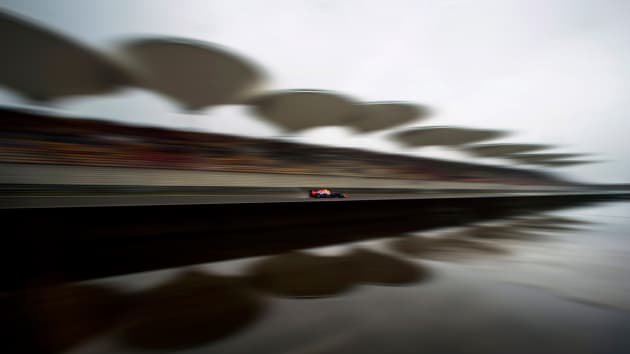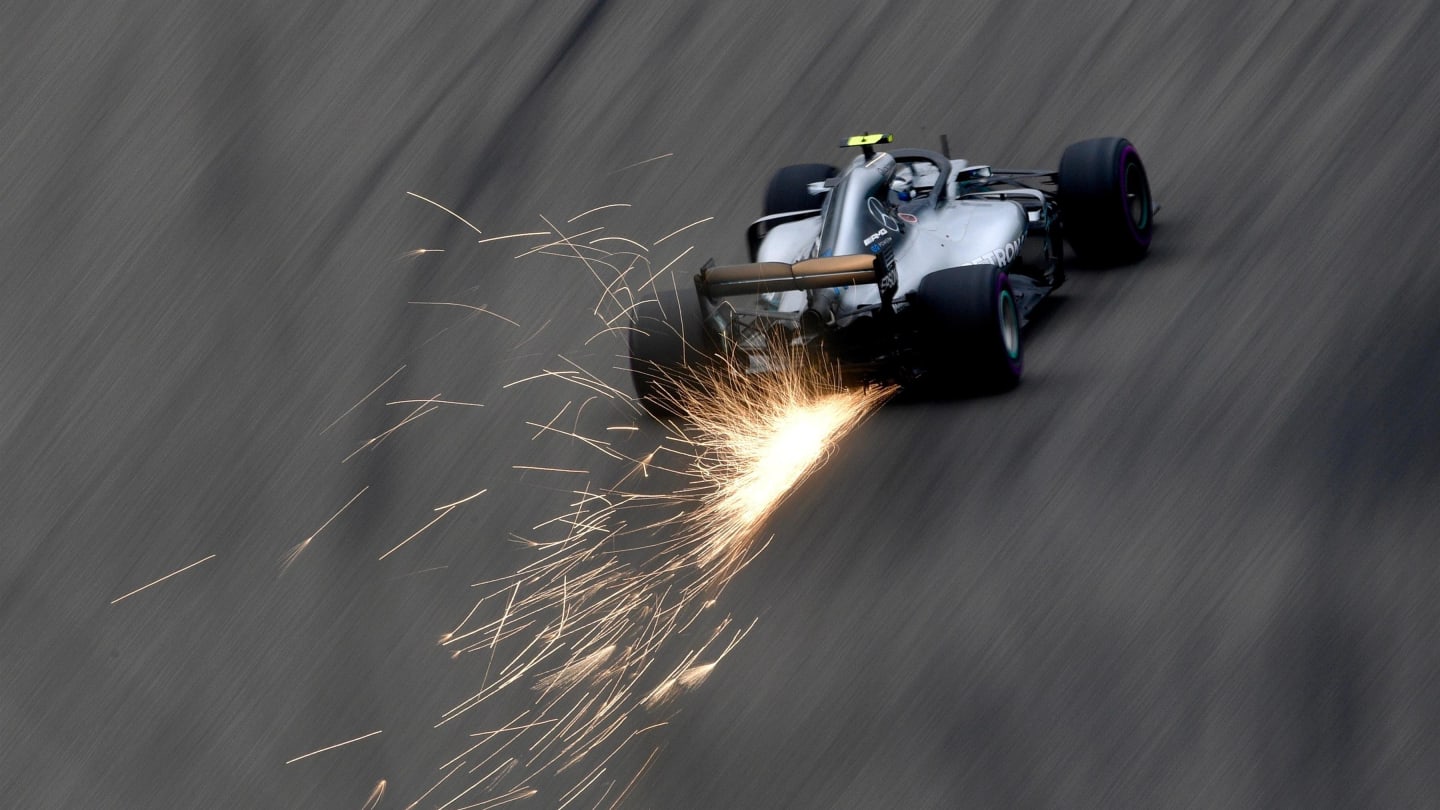
Feature
What you need to know about F1’s 2019 rule changes
F1 Correspondent & Presenter
Lawrence BarrettoShare

Fuel saving, biometric gloves and, er, driver weight were on the agenda when the Strategy Group and F1 Commission met on Tuesday. The outcomes were good news for heavier drivers, overall safety and those who want to see cars at full power for longer…
A couple of weeks ago, F1 chairman and CEO Chase Carey and motorsport boss Ross Brawn presented their vision for the future of F1 to the teams.
On Tuesday, more pressing matters were on the agenda, including rule changes for 2019 and the new engine formula that will come into force in 2021.
Here’s a rundown of what was discussed and decided…
Heavier drivers’ disadvantage reduced

Nico Hulkenberg is among the tallest and heaviest drivers on the grid. As a result, under the current rules, he is at a disadvantage to his smaller and lighter rivals, who - unlike him - can utilise extra the ballast added to their car (to bring it up to weight) to help optimise its balance and set-up.
But the good news for The Hulk is that from 2019, driver weight will now be considered separately to the car, rather than as combined figure, which for 2018 is 734kg.
A minimum weight for a driver will be mandated. It’s expected to be set at 80kg. If a driver weighs less than that, a team will need to use ballast to bring them up to the minimum weight.
This ballast will be placed adjacent to the driver’s seat, therefore reducing the advantage a smaller, lighter driver has previously had over his heavier rivals.
It also reduces the need for drivers to cut their calorie intake in a bid to force their weight down, which in turn reduces the potential health risks of such a strategy.
The move will also benefit teams who decide their driver line-up late in the day, as the driver no longer needs to be taken into account when a team finalises their car weight.
Fuel allowance tweaks to allow drivers to push
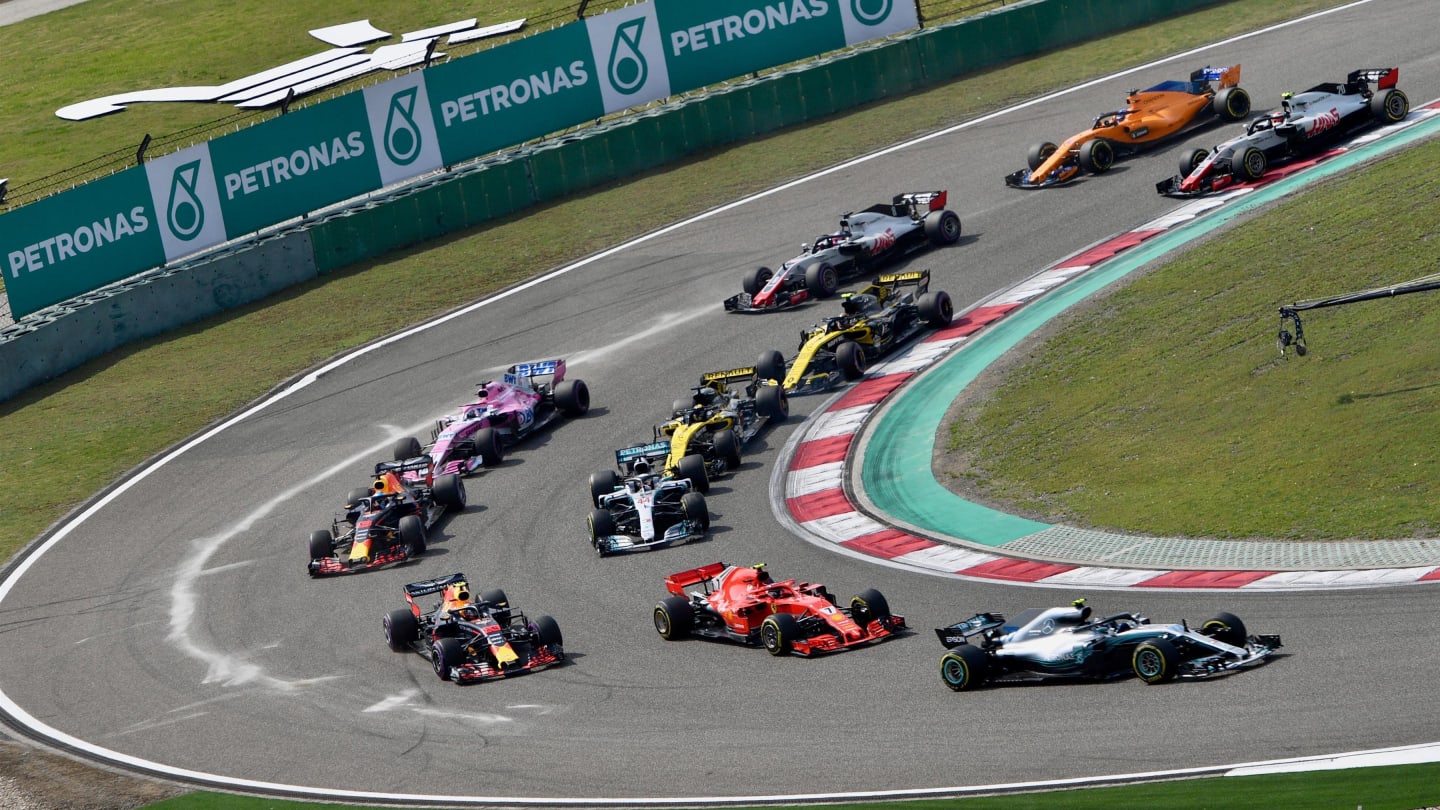
The new generation of F1 cars are spectacular to watch. But that has come at a cost, namely heavier cars and more downforce, which has led to more time on the gas and therefore more fuel burned.
With the race fuel allowance set at 105kg, this has forced drivers to at times lift and coast in a bid to save fuel and get to the end of the race, rather than being able to push flat out for the entire race distance.
Fuel saving has long been a part of motorsport at the highest level, but it is something that F1, the FIA and teams have been keen to do something about.
So it has been agreed that the allowance will be increased by 5kg to 110kg with the aim of allowing drivers to use the engine at full power at all times.
The most efficient engines will still be rewarded, while the thirstier engines will be punished. But it is hoped the move will ease the need to fuel save.
And don’t forget, a team could be strategic and choose to run less fuel and drive economically at certain stages of the race to gain track position.
New gloves to improve safety
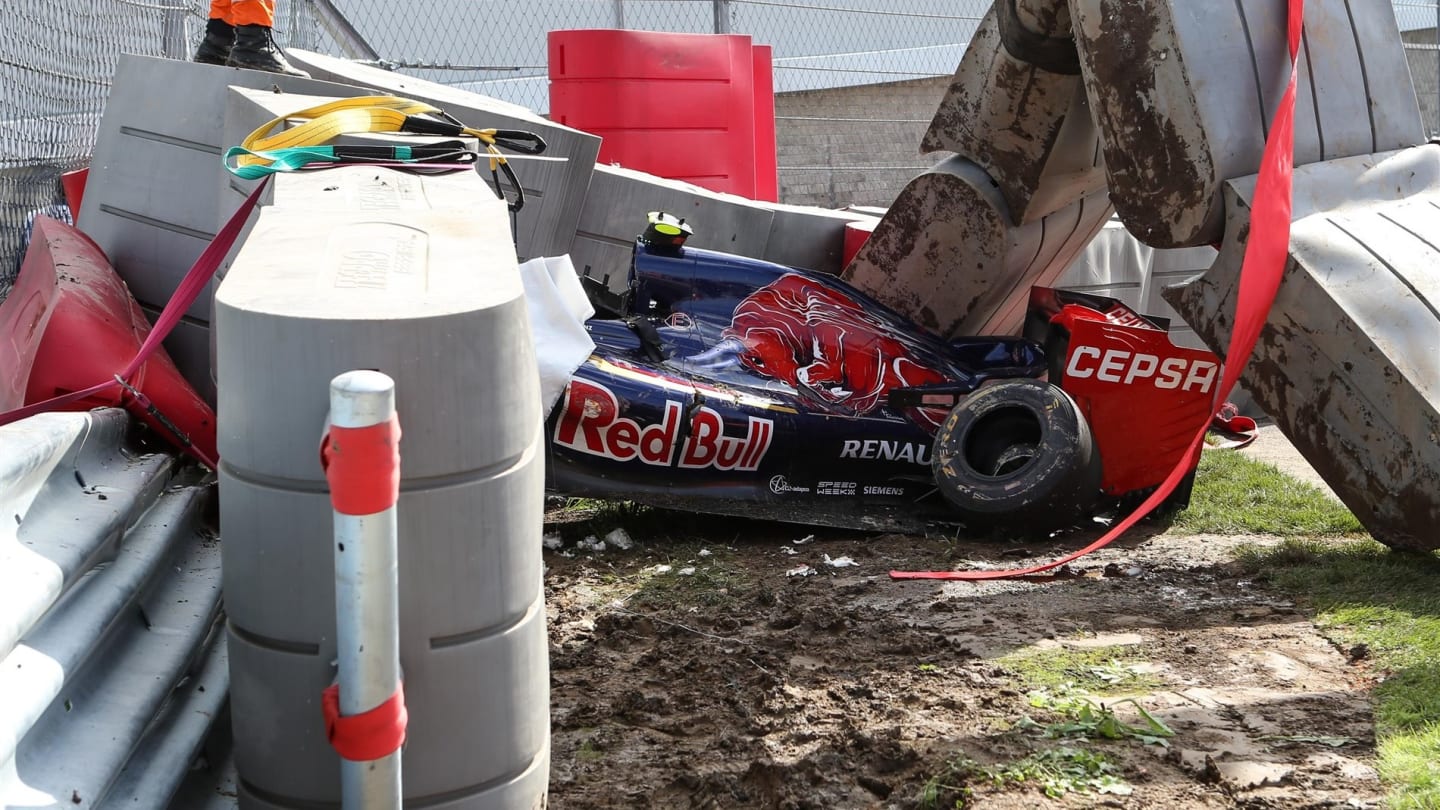
In the relentless pursuit of improving safety, the FIA has mandated that F1 drivers will be required to wear biometric gloves that will transmit potentially life-saving data from the driver to the at-track medical team.
The gloves, developed by the FIA Safety Department, feature a sensor stitched into the fabric that will monitor a driver’s pulse rate and the amount of oxygen in the blood before, during and after a crash.
It will be particularly useful in a scenario such as that at the 2015 Russian Grand Prix, when Carlos Sainz crashed head-on into a barrier at over 150 km/h.
The Spaniard was unhurt, but because the car had come to rest underneath the barrier, it was difficult for the medical team to assess his condition and communicate with him.
Looking ahead – the latest on the 2021 engine regulations
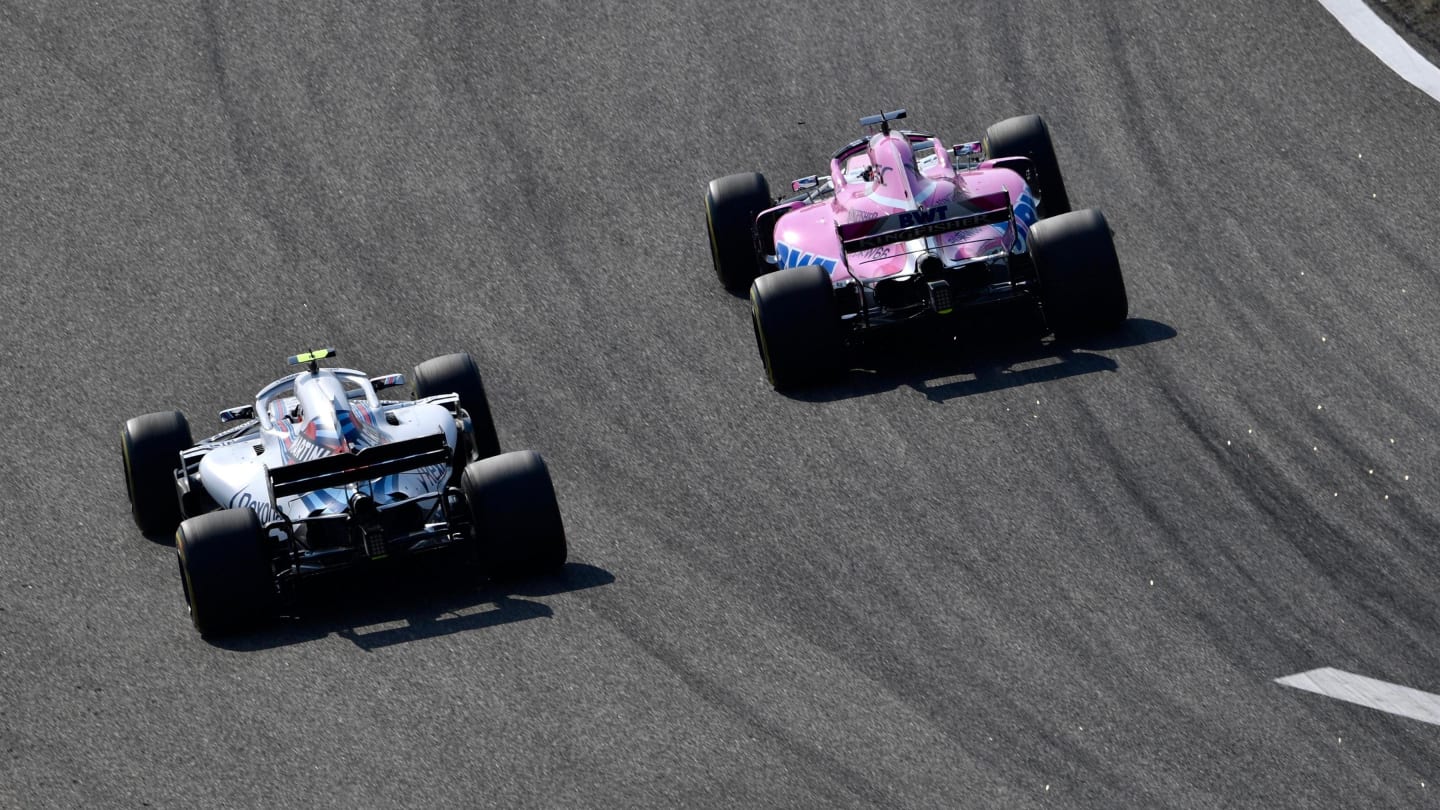
A couple of weeks ago, F1 chairman and CEO Chase Carey and F1 motorsport boss Ross Brawn shared F1’s vision for the championship from 2021.
On Tuesday, the FIA confirmed its proposed 2021 engine regulations, which outlined a 1.6-litre V6 turbo hybrid engine but without the MGU-H exhaust energy recovery system.
This particular component has proved to be one of the current unit’s most complex and costly elements, with Honda in particular suffering a string of failures.
The proposals were met with a positive response. The FIA is to discuss the proposals with current and prospective engine manufacturers in the coming weeks.
The aim is to have a final set of 2021 engine regulations by the end of May, ahead of ratification by the World Motor Sport Council, which meets in June. It is a tight deadline, but all stakeholders are aware that time is of the essence.
Both current and potential manufacturers need a final set of rules soon so they can accelerate their development programmes and be ready to introduce the unit in a little over three years.
So far, so good.
Share
YOU MIGHT ALSO LIKE
Feature DESTINATION GUIDE: What fans can eat, see and do when they visit Shanghai for the Chinese Grand Prix

Video WEEKEND WARM-UP: The Sprint is back as F1 returns to China – but can Red Bull stay ahead of their rivals?
Feature CHINESE GRAND PRIX – Read the all-new digital race programme here
News What is the weather forecast for the 2024 Chinese Grand Prix?



